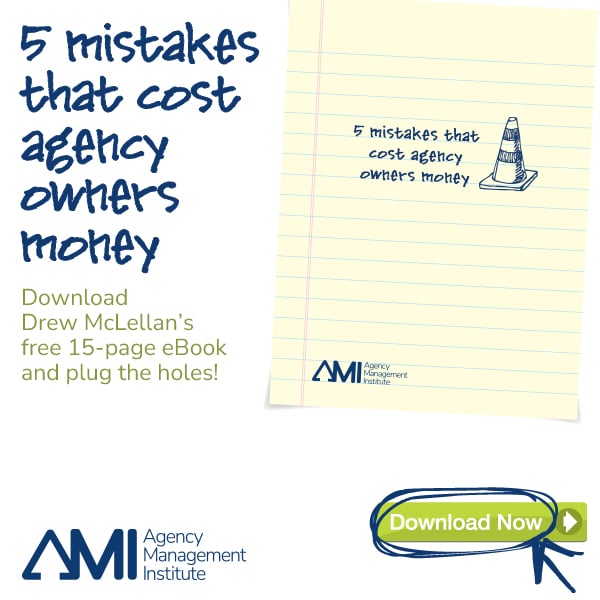Like the Don Draper three-martini lunch, the agency-of-record model is becoming a thing of the past. Big brands like General Motors and PepsiCo are building agency teams rather than trusting one agency to handle all their creative needs.
Back when marketing consisted of print, broadcast and PR, a generalist agency could easily handle all of a brand’s needs. But now that the marketing world has expanded to areas like mobile, digital, experiential marketing and social media, many of the larger brands believe it’s hard for one agency to be excellent at all those things.
For agencies that want to work for the bigger brands, “specialize or die” has become the name of the game, and as brands seek best-in-breed specialists to take on smaller chunks of their marketing, the agency of record is morphing into the team of record.
If your brand has decided to play the field instead of settling down with one agency, you need to be aware of the potential pitfalls and how to get your agency army to collaborate effectively.
New Model, New Problems
A multi-agency approach to marketing is still relatively new, which means brands and their agencies are encountering a host of new challenges.
While most brands are still experimenting with the freedom to purchase agency services à la carte, they’re often losing sight of who’s minding the store. That’s the biggest problem with employing multiple agency partners: No AOR means no one is overseeing the overarching brand strategy.
- Disjointed projects that fail to create a cohesive brand image.
- Partners duplicating one another’s work, wasting resources.
- Agencies undermining other agency partners in an effort to capture more client work.
- CMOs functioning as project managers rather than focusing on strategy because they have to manage all the work and all the agency relationships.
If you want to succeed in the team-based model, you must be equipped to embrace the strengths of multiple players and foster collaboration between agencies.
When most agencies are willing to work as a team, you can engage in more productive creative discussions and ensure all the moving parts of your marketing are aligned.
The Secret to Corralling an Army of Creative Minds
The ideal situation for simplifying communication between agencies is hiring a lead agency. This creates one entity that’s responsible for your brand’s messaging and ensuring cohesion across all agency work. The lead agency may sub-contract with specialty agencies and is responsible for making sure all brand work is on strategy.
Some brands view hiring an agency just to “think” as a waste of money because they still see agencies as makers of “stuff.” But in reality, it’s just like hiring a lawyer for his expertise.
Insight and knowledge from an outside expert is well worth the investment. It’s impossible to see the label on a beer bottle when you’re inside the bottle, and you can’t see your brand the way the marketplace does. A good agency will be able to see your blind spots and help you develop strategies to overcome them.
If you choose not to work with a lead agency and instead oversee all the work yourself, it’s still important to create a team dynamic.
- Be transparent with your agency partners. Let every agency know who is on the team and what each firm is responsible for.
- Don’t tolerate bad-mouthing. Don’t allow agencies to pass blame on to others. Make it clear that you expect agencies to work amicably toward the same goal.
- Get everyone in the same room. Bring your agency partners together periodically so they can collaborate better to advance your brand.
The agency-of-record model may be far less common, but brands and agencies alike are still struggling to master the team-of-record approach. There’s no right or wrong way to work with your agency partners, but you should be aware of the risks of managing multiple teams and pursue these partnerships with a focus on transparency and collaboration. After all, your brand is running the show, which means you get to choose the players.
This article was written by Drew McLellan and was originally published on Forbes.






